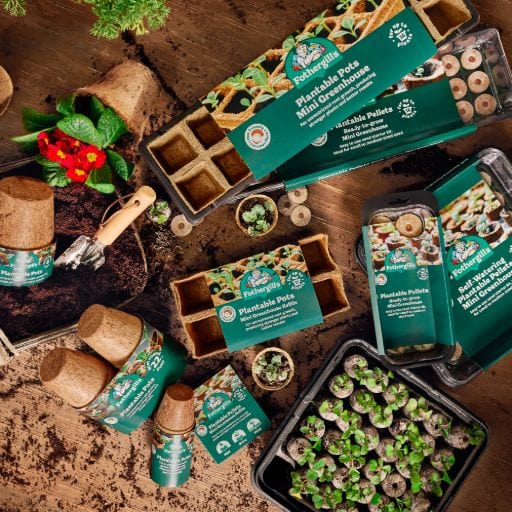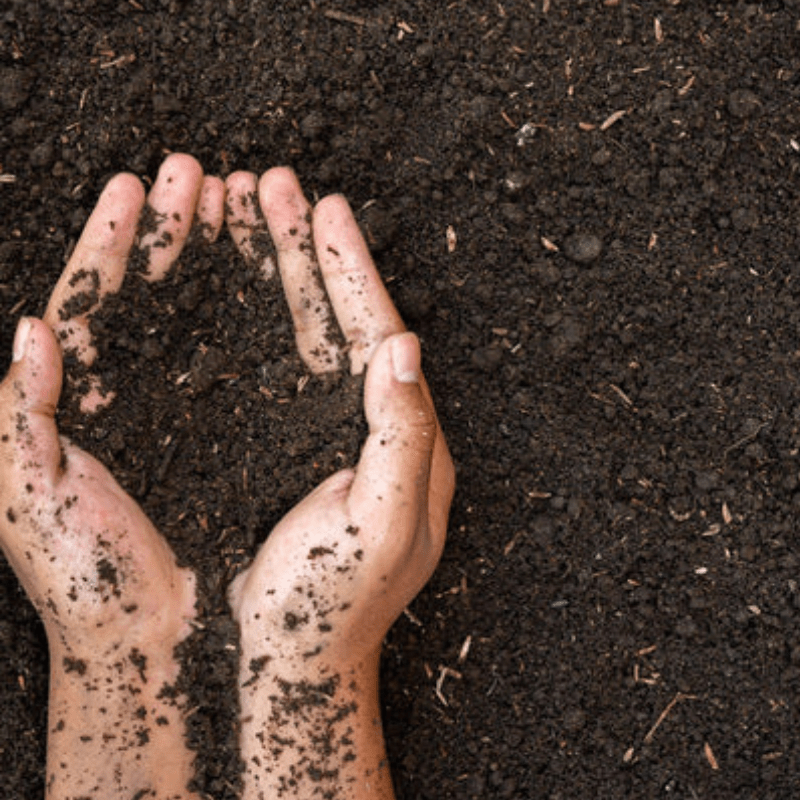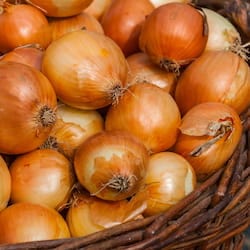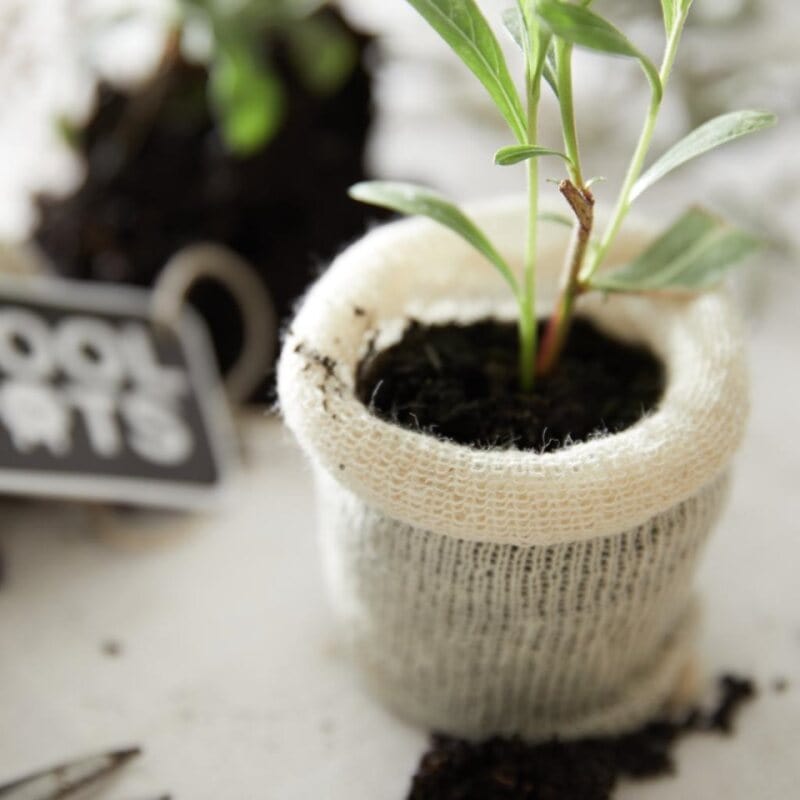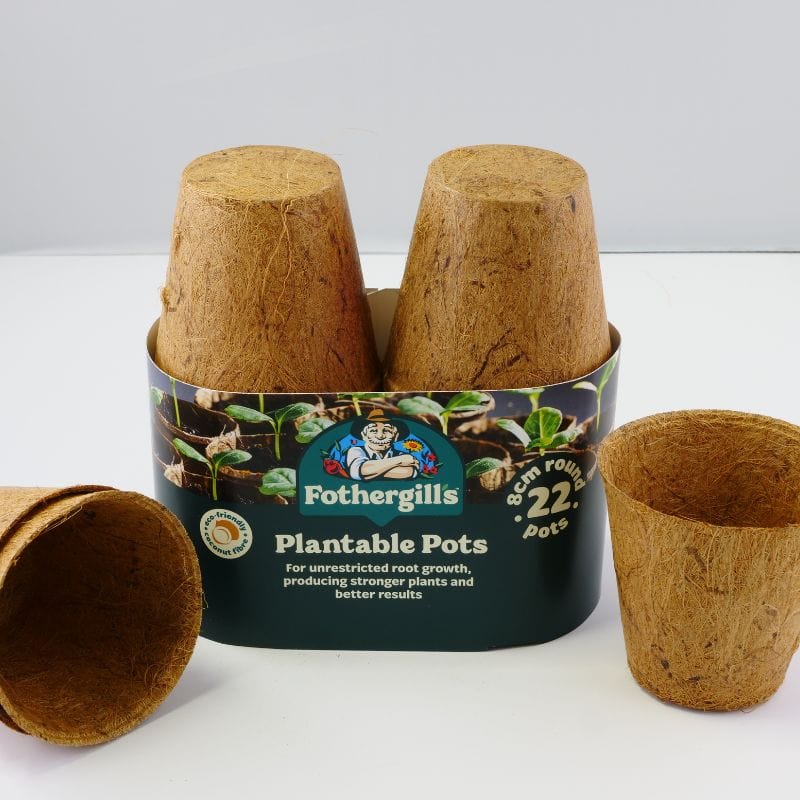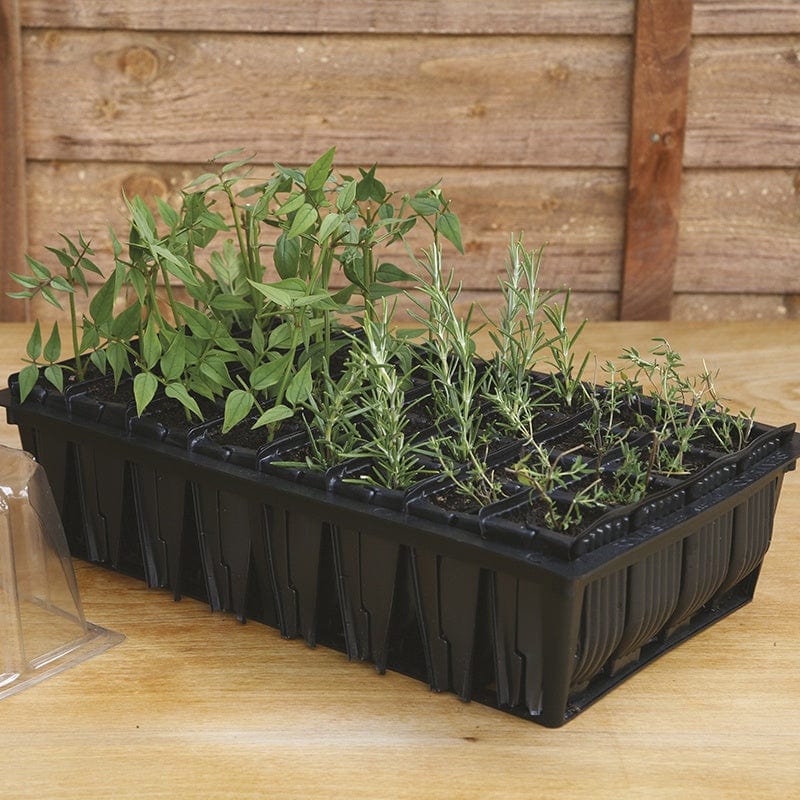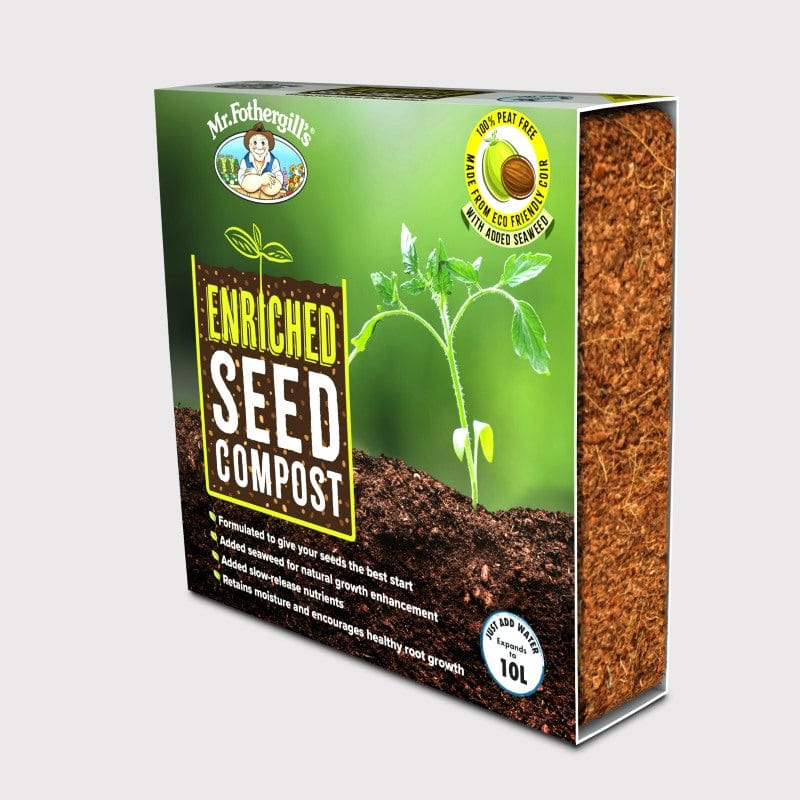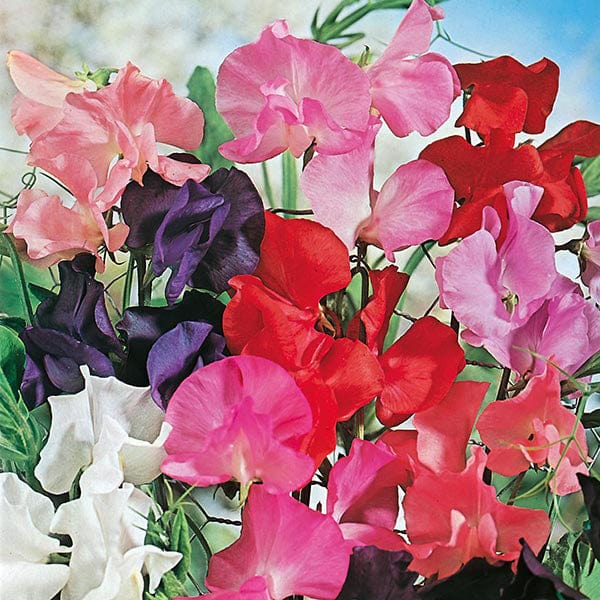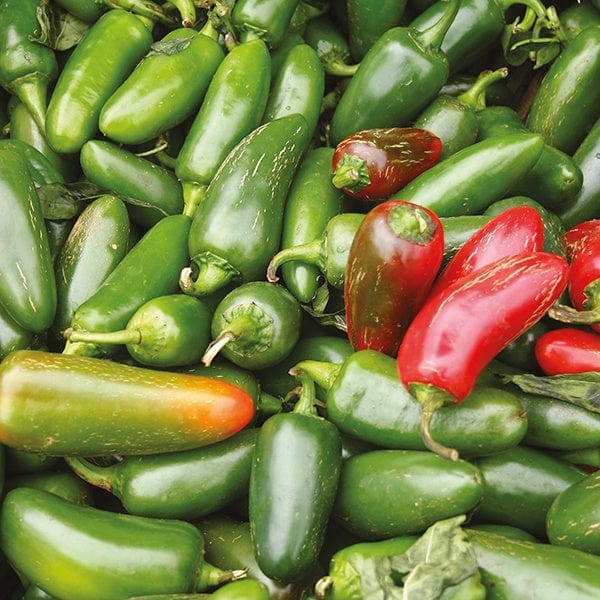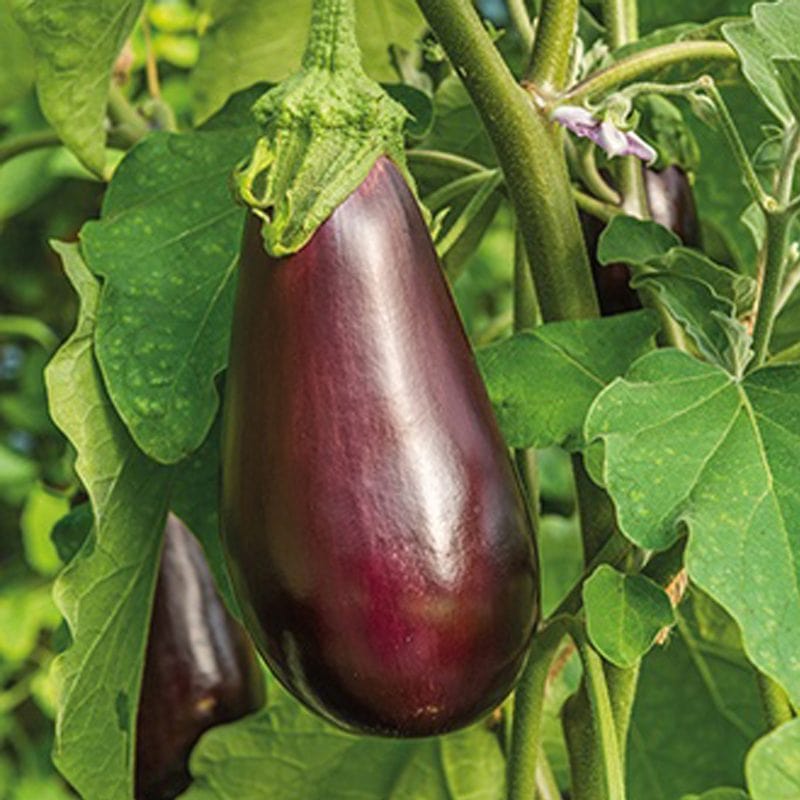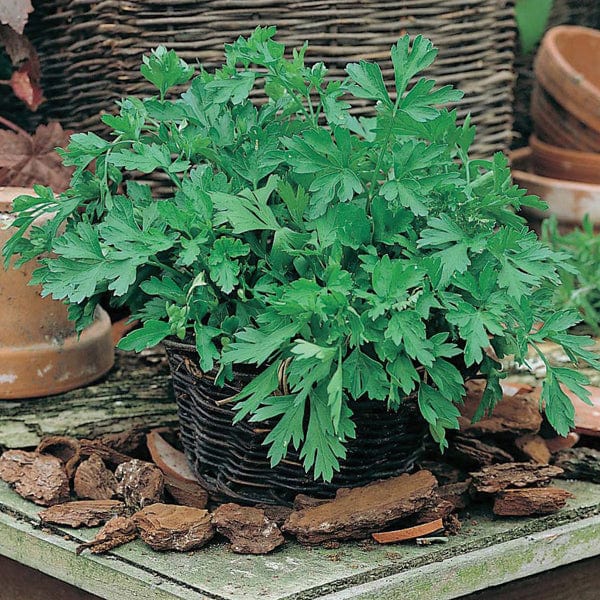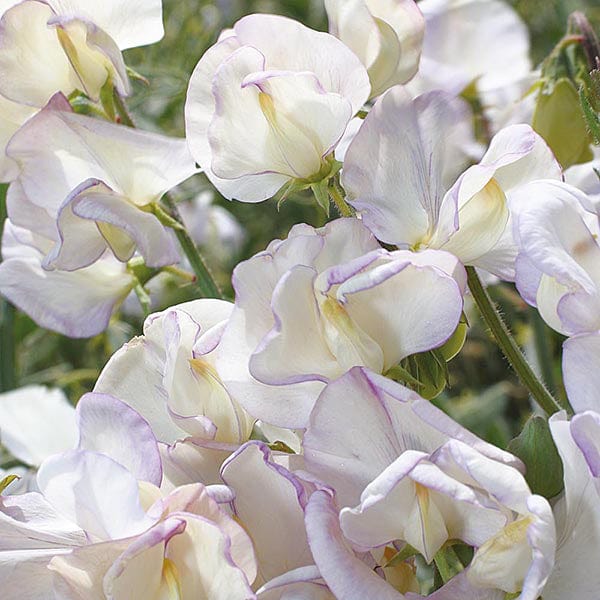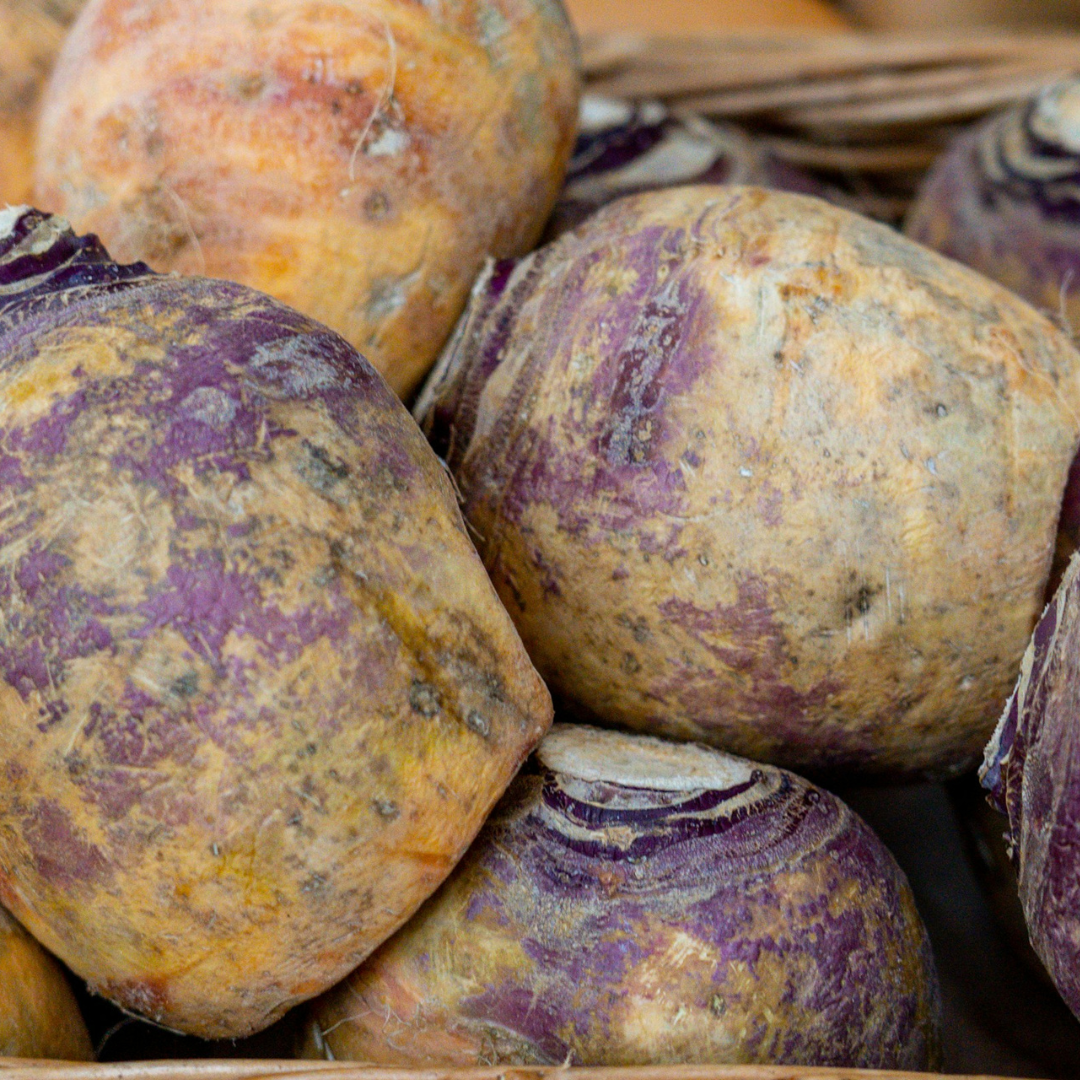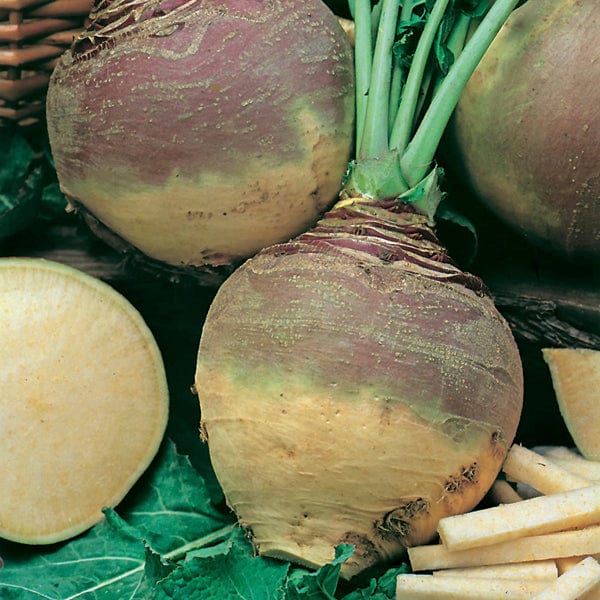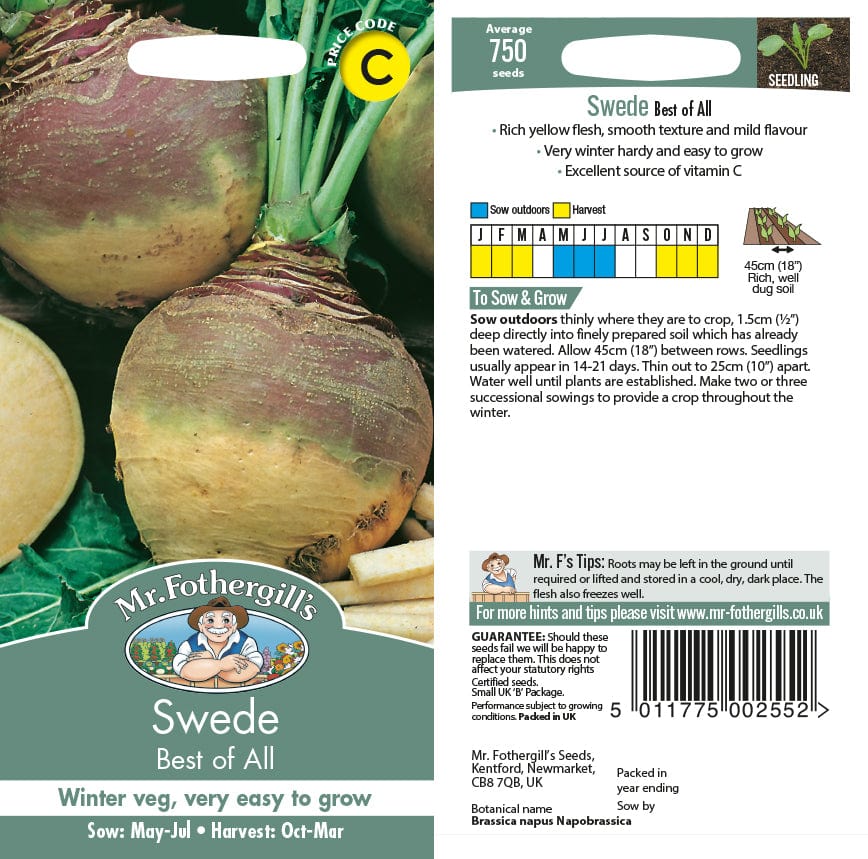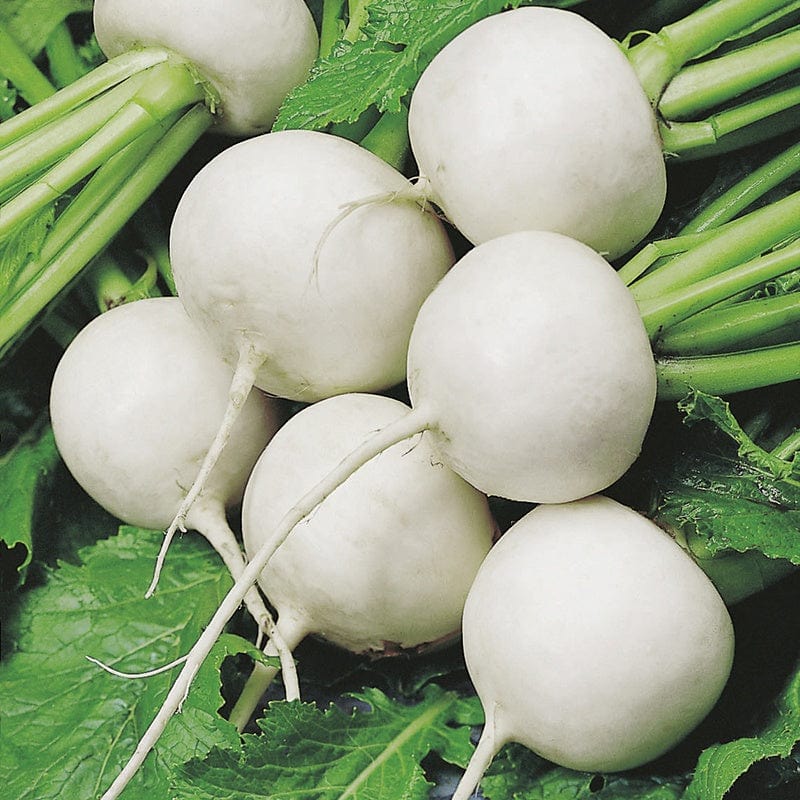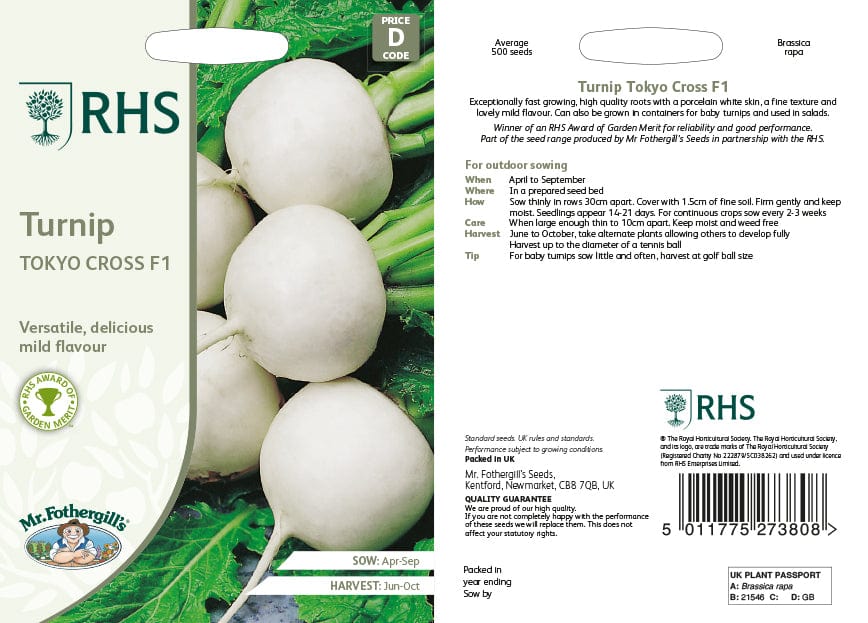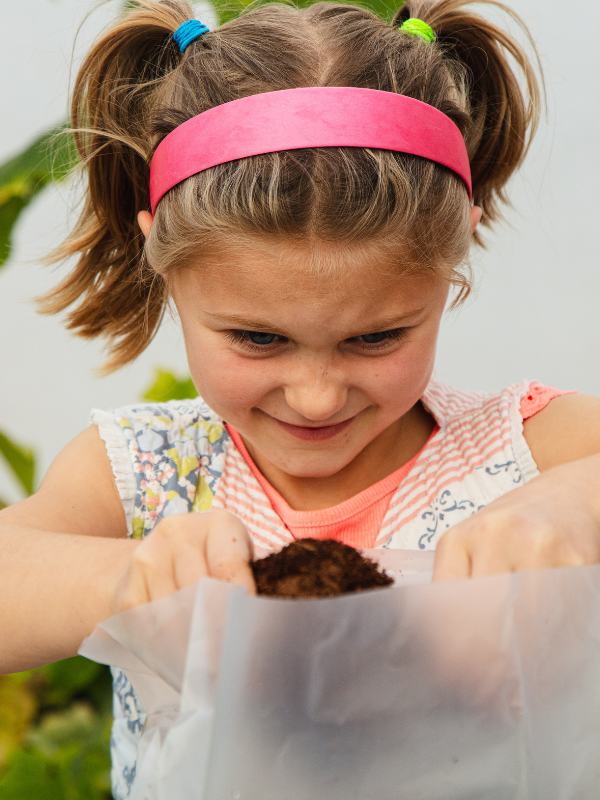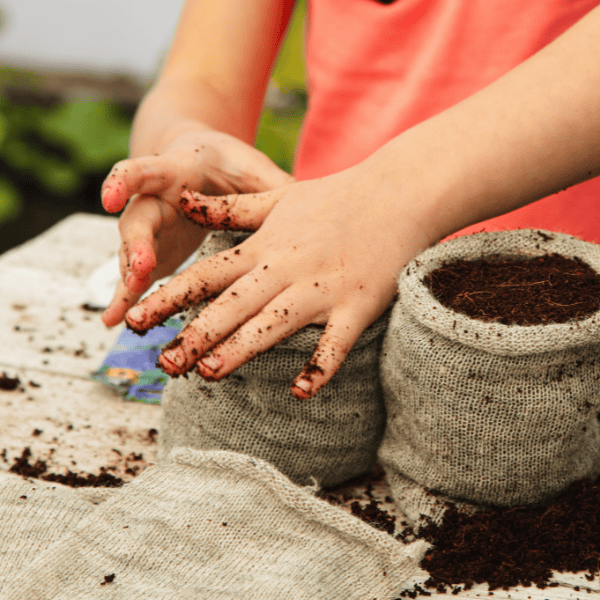If there are two vegetables that people are always confusing or using synonymously, it's swedes and turnips. So if you’re new to gardening, you might not be familiar with the many facets of these different types of plants but whilst similar, they have completely different needs and qualities.
Here at Mr Fothergill’s, we’ve put together a handy guide pointing out all of the differences between turnips and swedes so that you can successfully introduce them to your vegetable garden. So whether you end up planting swede seeds or turnip seeds, let’s make sure you’re doing it right.
Is a Swede a Turnip?
Let’s clear some things up. While they’re from the same family, swedes are not turnips. Think of them as siblings! As members of the cabbage family, these root vegetables have quite a bit in common but they also have their own qualities that make them unique in their own little way. Just like a pair of twins, they can be easily mistaken for each other, so we don’t blame you for wondering ‘What is the difference between a turnip and a swede?’!
What Is the Difference Between a Turnip and a Swede?
So what’s the difference then? Well, swedes are essentially Swedish turnips. The origin story of the tasty swede is unclear, but they may have been developed in Bohemia in the 17th century as a cross between a turnip and wild cabbage. They are hardy biennials which are usually grown as an annual, usually grown for autumn and winter use. Known in the USA as the rutabaga, these large vegetable garden plants are yellowish in colour, with a sweet flavour.
Turnips, on the other hand, tend to be smaller with white and purple skin and white flesh. When it comes to taste, they have more of a peppery flavour than their Swedish counterparts. If you’re looking to grow yourself some fresh turnips over the next year, you should be aware that they mature far faster than swedes and are best to be harvested in the summer months.
The History of Swedes and Turnips
Just to really emphasise how different the two are, let’s get into the long, long history of these vegetables.
The swede is thought to have been introduced into Britain around 1800. It is said that King Gustav of Sweden sent the first swede seeds as a gift to Patrick Miller of Dumfries and Galloway (how kind), resulting in them earning their esteemed title: the swede.
You may know them being served with potatoes as 'tatties and neeps' by the Scots - the traditional accompaniment to haggis at Burns Night suppers. When mashed with potatoes, the dish, which originated in the Orkney Islands, is called clapshot. Further north, in Finland, swede is casseroled with cream and spices.
As for turnips, they are thought to have originated in central and southern Europe, probably around the shores of the Mediterranean Sea. The Roman scholar Pliny the Elder thought of turnips as an important vegetable and praised it as a great defence against famine.
Should I Grow Turnips or Swedes?
Whether you decide to grow turnips or swedes can depend on a number of variables like the conditions of your outdoor space and the time of year that you wish to harvest your produce. Both are particularly easy seeds to grow, perfect for your family garden, but they do, of course, have their own set of rules and preferences when it comes to growing! So let’s get into it.
Growing swedes
Swedes do best in an open situation on light and thrive in reasonably fertile soils which do not become waterlogged. Far hardier than turnips, swedes can survive the colder months and are ideal for harvesting well into late autumn.
Growing turnips
Turnips, however, do best in moist, cool conditions; summer sowings can be made in light shade as long as the soil remains moist. They need more nitrogen than swedes do and benefit from a top-dressing with a general-purpose fertiliser applied to the soil just before the seed is sown.
Shop Swede & Turnip Seeds at Mr Fothergill’s
What are you waiting for? Your growing journey starts right here at Mr Fothergill’s! Shop our swede seeds and turnip seeds today and let us help get your vegetable garden going.
If you have any further questions about the difference between swedes and turnips or have curiosities about any of our other products, don’t hesitate to contact us or take a deeper dive into our gardening blog!











